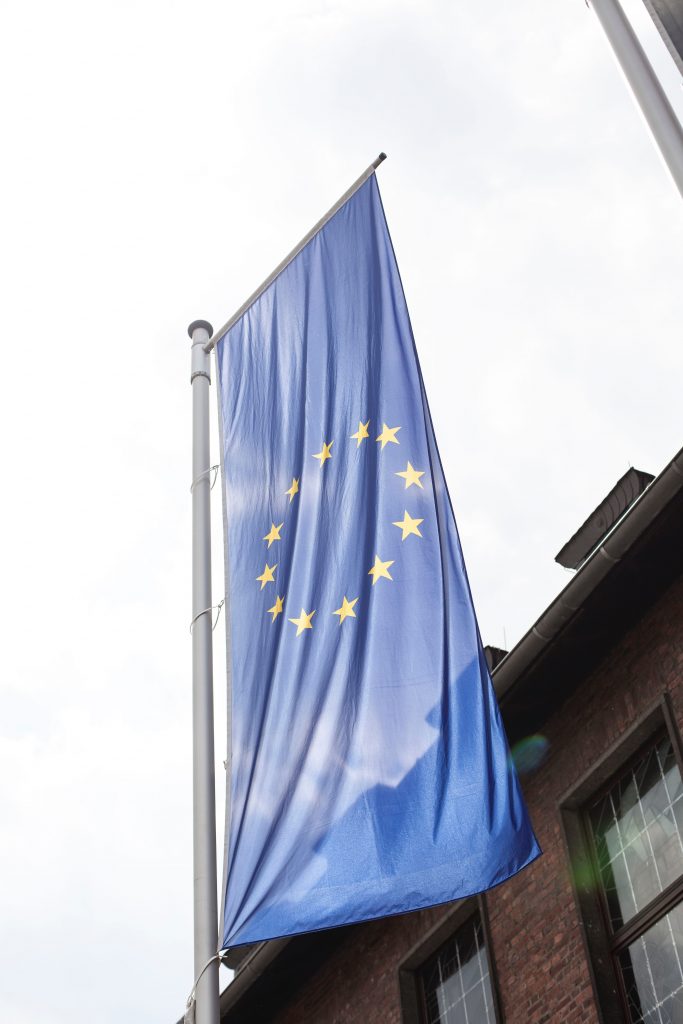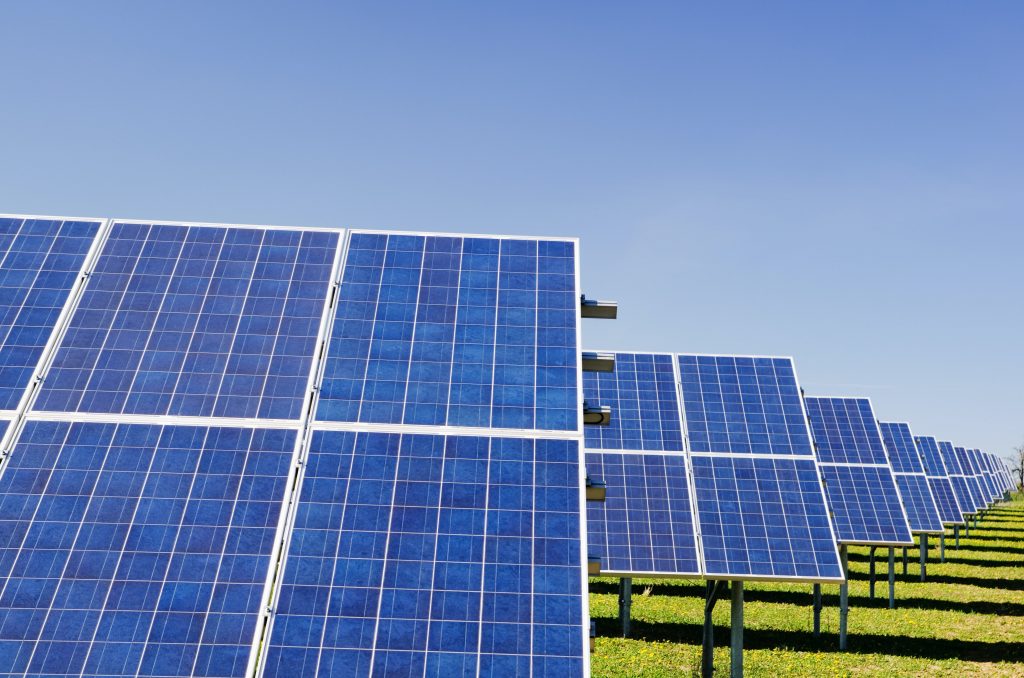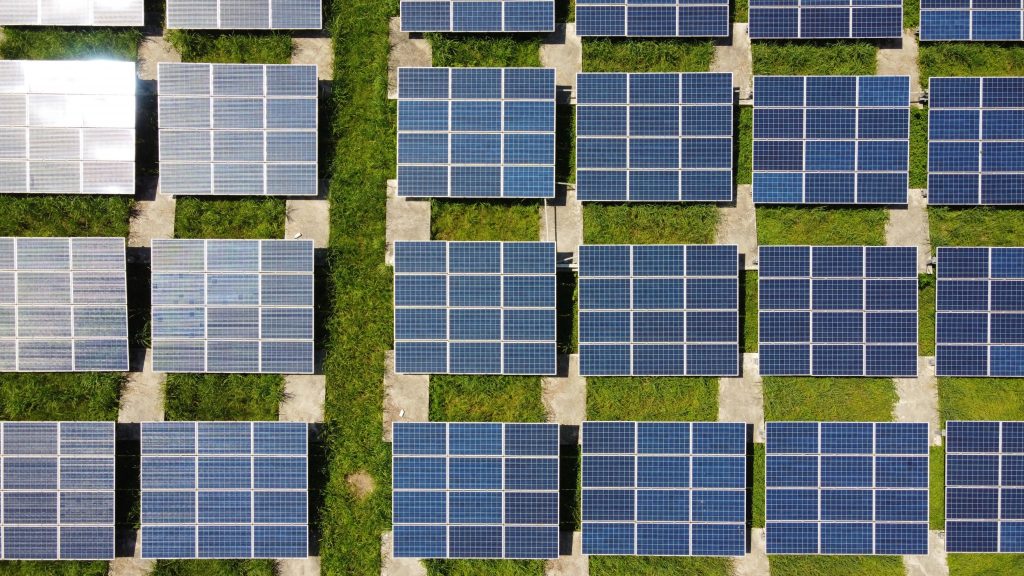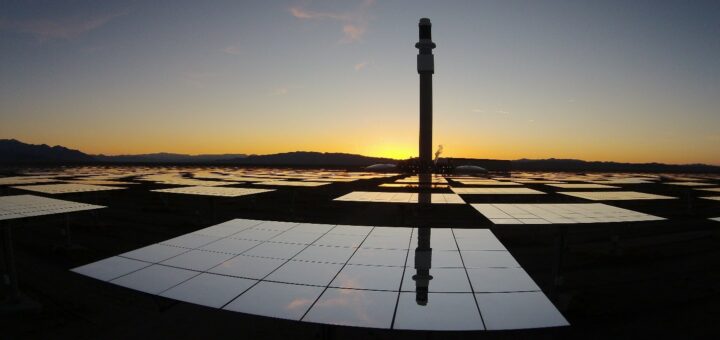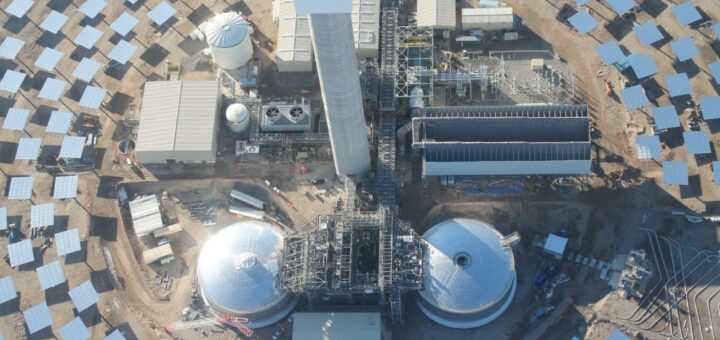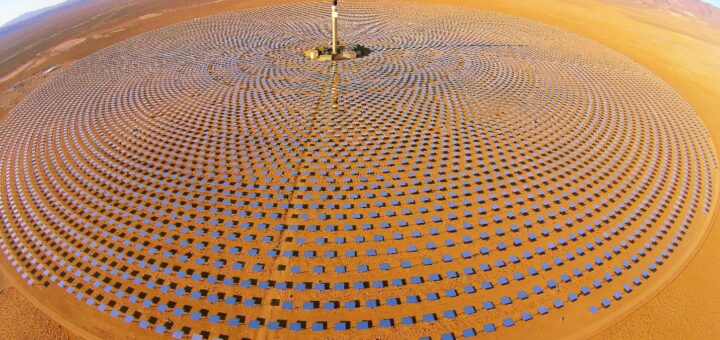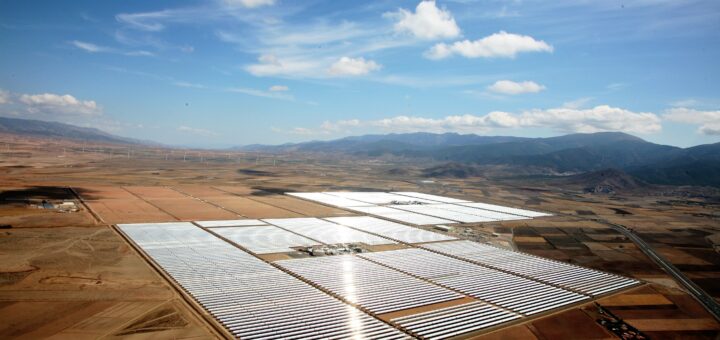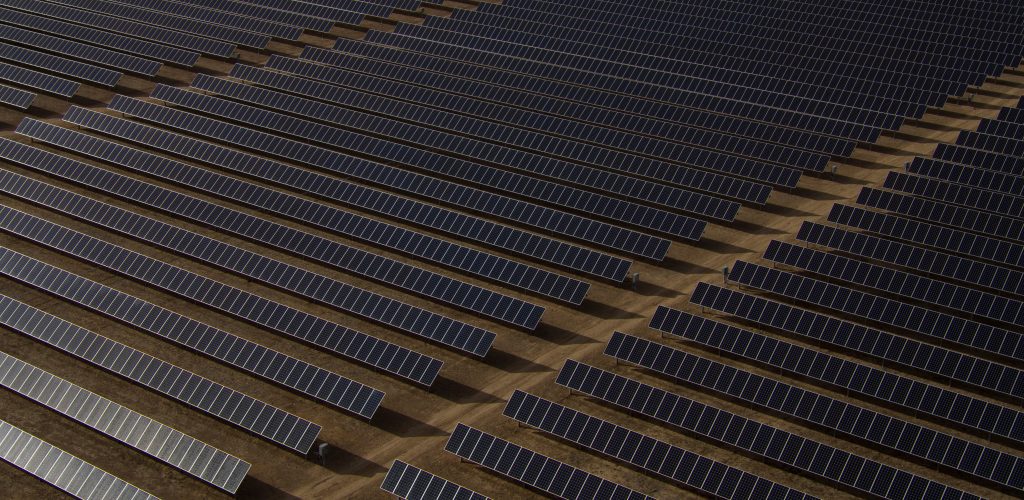The European Union aims for 2030 to reduce greenhouse gas emissions by 40% compared to 1990 levels. Furthermore, the long-term vision is to become climate-neutral by 2050; this means transforming the current energy system. Compiled from MUSTEC’s research activities, key drivers and policy decisions are identified and explained for effective CSP deployment in Europe in the coming years up to 2050.
MUSTEC

The MUSTEC consortium consists of nine renowned institutions from six European countries and includes many of the most prolific researchers in the European energy policy community, with very long track records of research in European and nationally funded energy policy research projects.
MUSTEC main results are the following:- identifying the barriers holding CSP back and limiting its expansion in Europe, in the context of the energy and climate targets of 2030 and beyond,
- finding the drivers for CSP and the potential niches in which intra-European CSP trade can play an important role for the decarbonisation, stabilisation and integration of the European power system, and
- proposing concrete policy solutions to overcome the identified obstacles and create the necessary enabling conditions for European CSP growth
- Project title: Market Uptake of Solar Thermal Electricity through Cooperation (MUSTEC)
- Funding scheme: European Union Horizon 2020 Programme (EU H2020, grant agreement no. 764626)
- Duration: 3 years (1 October 2017 – 30 September 2020)
- Project coordinator: Centro de Investigaciones Energéticas, Medioambientales y Tecnológicas – CIEMAT, Spain
- Project website: http://www.mustec.eu
Renewable energy cooperation can play an important role in the energy transition in the European Union through international trade, safeguarding security of energy supply, coordinated climate adaptation measures, and optimizing the cost-effectiveness of actions. Concentrating Solar Power (CSP) could play a useful role, e.g. contributing to achieve climate goals in certain countries, or supporting the energy system with dispatchable electricity, they also believe that this role could be filled by realizing other options.
The European climate change strategies key element is the transition of the energy system towards a more sustainable energy supply, and the decarbonisation of the electricity sector through the deployment of renewable energy technologies. Concentrated Solar Power (CSP), as a dispatchable renewable energy technology combined with thermal energy storage, could contribute to the deep decarbonisation of the European Energy system by providing sustainable electricity and adding to system flexibility.
The business case for CSP (Concentrated Solar Power) is difficult to establish for importer countries as well as exporter countries and its impacts. Although the impacts of the energy transition have recently emerged in the geopolitics, CSP, is almost absent from both the academic and the policy-oriented geopolitical literature. This post further discusses the context of policies for CSP deployment by renewable energy cooperation in the EU.
Different Concentrated Solar Power (CSP) projects has pros and cons for cooperation, so the policy goals in the importing and exporting countries, which partially depend on the context conditions in these countries, should be considered. This post discusses and derives policy implications from CSP projects and how this effects cooperation.
Renewable energy cooperation is expected to play a role to ensure an effective and affordable energy transition in the EU. Besides cost savings in meeting the RES targets, there are multiple factors that determine a Member States’ willingness to engage in a cooperation agreement. Regarding CSP deployment in the past and potential obstacles to the use of cooperation mechanisms, several barriers stand out for cooperation discussed in this post.
There is no uniform format in the energy sector of the EU, although there are some initiatives for regional cooperation leading to intense cooperation between governments in specific parts of Europe. The main asset of regional cooperation lies in the ability of the involved actors to co-ordinate more efficiently. More work is required to address issues related to the further deployment of RES from 2020 to 2030 e.g., the most efficient use of RES potential.
No business model is the same for CSP due to the complexity of projects in terms of engaged actors across the different stages. MUSTEC project team investigated the CSP industry to identify the existing business models and found that the CSP industry has been forced to adjust its original business models. This post further discusses risks and barriers for the CSP industry but also financing opportunities.


